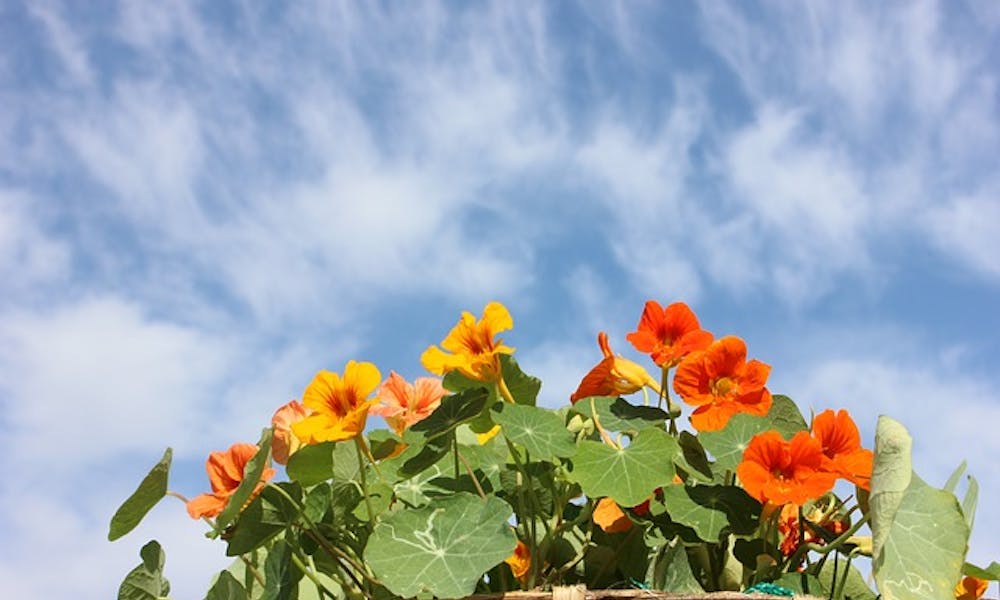MENU
Nasturtium: Bright greenery and vibrant flowers

Tropaeolum, commonly known as nasturtium, is a genus of 85 species of herbaceous flowering plants. All these plants originate from Latin America, from southern Mexico to Patagonia. The nasturtium is a hardy herbaceous plant.
Did you know that this plant attracted aphids?
Nasturtiums attract aphid infestations, making the plant a natural and effective method of pest control for protecting your other plants, particularly fruits and vegetables.
Did you know they were really easy to grow?
The nasturtium is by no means a difficult plant. It is one of those plants that love all types of soil, so it can grow anywhere. Only the canary creeper variety needs a rich, loamy soil.
Nasturtiums are flowers that love sunlight, which look pretty displayed on your balcony or mixed in with other plants. Water them fairly regularly but avoid over-watering; when the plant matures, only water enough to prevent the soil from drying out.
Nevertheless, this flower is rather whimsical. If you wish to admire its magnificent flowers, plant it in poor soil that is on the dry side, because if you plant it in soil that is too rich, the foliage will eclipse the plant’s blooms.

Did you know that the plant can be fast-growing?
It is a generous plant. Once its seeds have been planted, the roots appear just after eight days. As far as climbing nasturtiums are concerned, they can even grow 30 centimetres a week! To grow well, you have to remove the withered flowers regularly.
85 varieties, large and small!
Some nasturtiums are dwarf, while others can grow really tall. The smallest nasturtiums measure 15 cm, and the tallest 5 metres!

A spotlight on the Tropaeolum tricolori-brachyceras
Some species of nasturtiums are breathtaking. The Tropaeolum tricolori-brachyceras is a hybrid plant between the three-coloured Indian cress and the tropaeolum brachyceras. Its three colours – flame red with orange flecks, deep violet and rich primrose yellow – make it a stunning plant.

